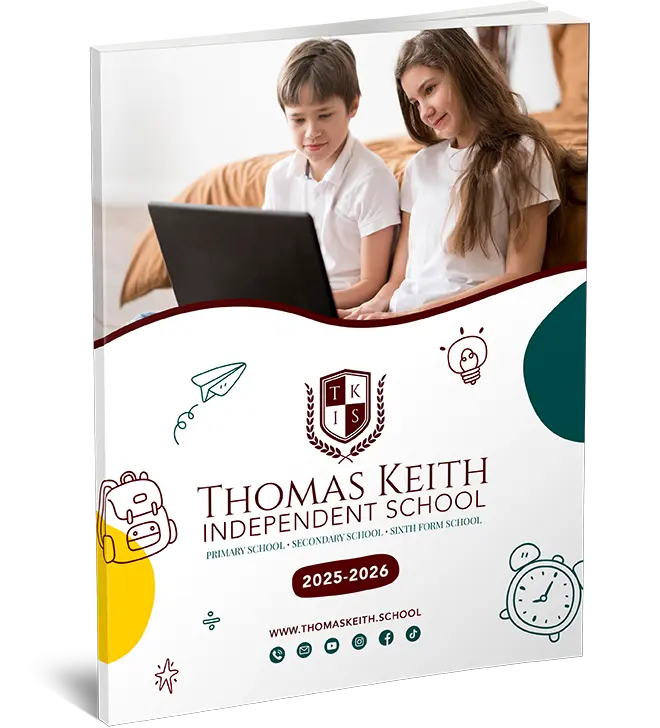What does ‘gifted and talented’ mean?
There are many definitions of gifted and talented. This guidance builds on the work of Excellence in Cities (EiC), which identifies:
- ‘gifted’ learners as those who have abilities in one or more subjects in the statutory school curriculum other than art and design, music and PE;
- ‘talented’ learners as those who have abilities in art and design, music, PE, or performing arts such as dance and drama.
This guidance uses the phrase ‘gifted and talented’ to describe all learners with gifts and talents.
EiC targets gifted and talented work in the top 5 to 10 per cent of pupils in any school, regardless of the overall ability profile of pupils. Many schools and local education authorities outside EiC have adopted similar criteria, while others use alternative benchmarks.
While the EiC definition relates to the national curriculum and to pupils of compulsory school age, it may be extended to include those who show marked abilities in any area of the school or college curriculum at any age. It is not unusual for older students to show significant ability and enthusiasm when they take up new areas of the curriculum and have a new context for study.
The Excellence Challenge takes a similar approach to Excellence in Cities in respect of gifted and talented 16- to 19-year-olds, but targets the top 2 to 20 percent of students in an institution.




